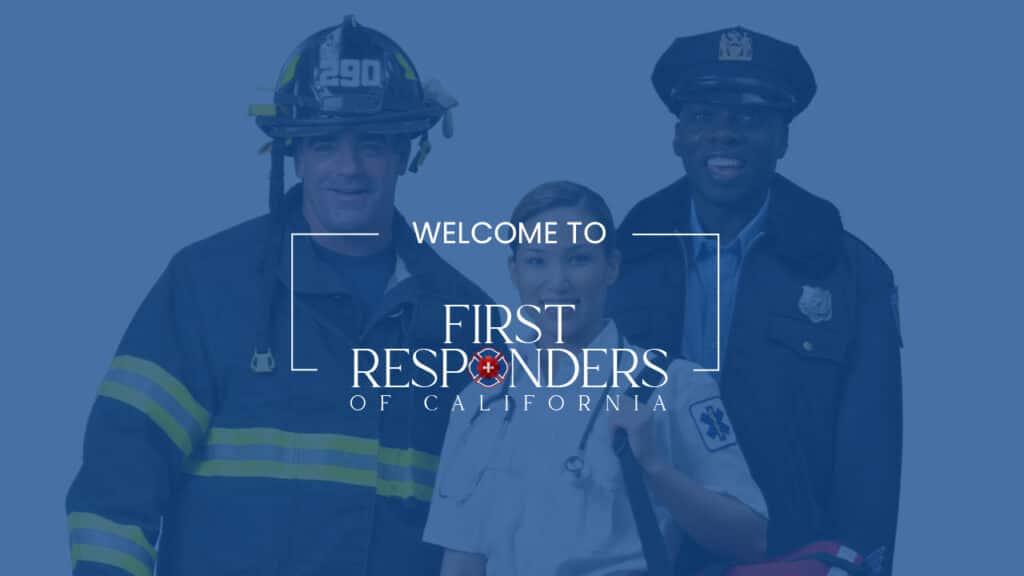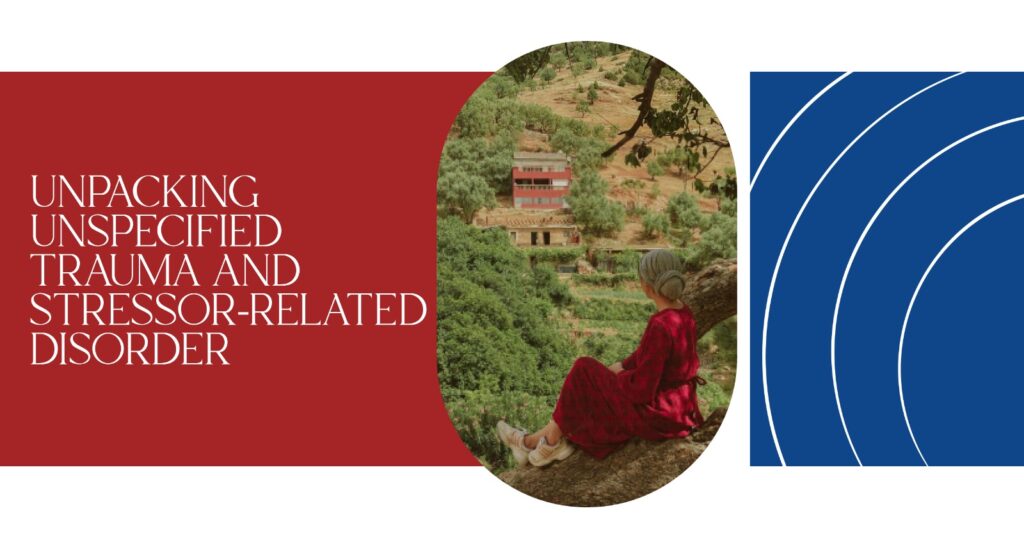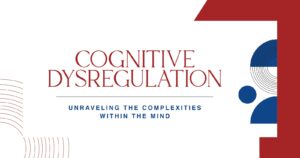In today’s fast-paced world, emotional balance often feels elusive. Many individuals silently struggle with overwhelming stress, anxiety, or trauma that lacks a clear label yet affects their daily lives profoundly. This condition is known as unspecified trauma and stressor-related disorder, a form of psychological distress that doesn’t neatly fit into other diagnostic categories but has real and lasting impacts on mental health. Understanding and addressing this disorder is crucial for emotional recovery and long-term well-being.
Understanding Trauma and Its Impact on Mental Health
Trauma is not always about catastrophic events; it can stem from cumulative stressors such as chronic emotional neglect, workplace harassment, or ongoing relationship challenges. The human brain reacts to trauma by activating survival mechanisms – fight, flight, or freeze- that can persist long after the event has passed.
When left unresolved, trauma can deeply affect mental health, influencing how individuals think, feel, and interact with the world around them. People living with unspecified trauma and stressor-related disorder often feel trapped in a cycle of emotional turbulence, where triggers arise unexpectedly and coping mechanisms fail to provide lasting relief.
This can result in persistent irritability, fatigue, detachment, and even physical symptoms such as headaches or sleep disturbances. Addressing trauma requires recognizing these signs and understanding that healing begins with self-awareness and professional support.
The Interplay Between Stress, Anxiety, and Emotional Distress
Stress and anxiety are closely intertwined with emotional distress, creating a feedback loop that can intensify psychological suffering. While short-term stress can be adaptive, helping individuals perform better in challenging situations, chronic stress triggers prolonged cortisol release, which disrupts emotional regulation and can lead to conditions such as PTSD, depression, and anxiety disorders.
For those struggling with unspecified trauma and stressor-related disorder, stress often acts as a silent amplifier. The inability to pinpoint the exact cause of their emotional pain leads to confusion and self-blame, further eroding mental health.
Over time, anxiety becomes a constant companion, making even simple daily tasks feel insurmountable. This interplay highlights the importance of early recognition and therapeutic intervention before emotional distress manifests into more severe mental conditions.
For additional insight into how stress and anxiety contribute to emotional distress, visit the American Institute of Stress, which provides research-based information on the physiological and psychological effects of chronic stress.
First Responders of California
Recognizing Symptoms of PTSD and How It Affects Daily Life
Post-Traumatic Stress Disorder (PTSD) is one of the most well-known trauma-related conditions, but its symptoms often overlap with those of unspecified trauma and stressor-related disorder. Recognizing these signs can help individuals seek timely treatment and reclaim control over their lives.
Below is a table highlighting common symptoms of PTSD and their potential impact on daily functioning:
| PTSD Symptoms | Impact on Daily Life |
| Flashbacks or intrusive memories | Disrupted focus, emotional exhaustion |
| Avoidance of reminders or situations | Social withdrawal, isolation |
| Heightened arousal or irritability | Difficulty sleeping, anger outbursts |
| Emotional numbness | Detachment from loved ones, loss of joy |
| Guilt or shame | Negative self-perception, reduced motivation |
Living with these symptoms can make even ordinary moments feel overwhelming. Many people experience difficulty maintaining relationships, focusing at work, or feeling safe in their environment. It’s essential to understand that these reactions are not personal failures; they are the brain’s protective responses to unresolved trauma.
The Role of Therapy in Managing Trauma and Anxiety
Therapy is one of the most powerful tools in addressing trauma, stress, and anxiety. A qualified therapist helps individuals unpack the layers of their experiences, guiding them toward clarity and healing. Different therapeutic modalities such as Cognitive Behavioral Therapy (CBT), Eye Movement Desensitization and Reprocessing (EMDR), and Somatic Experiencing focus on both cognitive and physiological aspects of trauma.
CBT helps reframe negative thought patterns that fuel emotional distress, while EMDR targets the reprocessing of traumatic memories to reduce their emotional intensity. Somatic therapies, on the other hand, address the physical sensations tied to trauma, helping the body release stored stress responses. Through therapy, individuals can gradually rebuild a sense of safety, reduce anxiety, and develop healthier coping mechanisms.

Effective Coping Strategies for Emotional Distress
While professional therapy is vital, personal coping strategies also play a crucial role in managing emotional distress. Developing healthy habits can complement clinical treatment and promote everyday resilience.
Here are some evidence-based coping techniques to consider:
- Mindfulness and Meditation. Practicing mindfulness helps reduce anxiety by grounding attention in the present moment.
- Journaling. Writing about emotions provides a safe outlet for processing feelings that may otherwise remain suppressed.
- Physical Activity. Exercise releases endorphins, natural mood boosters that combat stress and improve emotional well-being.
- Social Support. Engaging with trusted friends, family, or support groups helps reduce isolation and encourages perspective.
- Limiting Exposure to Triggers. Setting healthy boundaries, like avoiding stressful media or toxic environments, can significantly lower emotional reactivity.
For further reading on coping mechanisms, explore the articles at American Psychological Association.
First Responders of California
Building Resilience and Promoting Mental Well-Being
Resilience doesn’t mean avoiding pain, it means developing the ability to recover from it. Those with unspecified trauma and stressor-related disorder often underestimate their inner strength, believing that healing is out of reach. However, resilience can be cultivated through consistent self-care, supportive relationships, and self-compassion.
Focusing on small victories like managing a stressful day without emotional breakdowns can build momentum toward recovery. Additionally, lifestyle factors such as proper sleep, balanced nutrition, and meaningful activities contribute to mental well-being. By learning to accept rather than suppress emotions, individuals foster an internal sense of peace that promotes long-term emotional stability.
How Unresolved Trauma Influences Long-Term Mental Health
Unresolved trauma can shape a person’s emotional and psychological trajectory for years. Persistent stress responses alter brain function, particularly in areas like the amygdala and hippocampus, which regulate fear and memory. As a result, individuals may remain in a state of heightened alertness, unable to relax or trust others fully.
Over time, untreated unspecified trauma and stressor-related disorder can lead to chronic anxiety, depression, and even physical health problems such as hypertension or digestive issues. The longer these patterns persist, the more entrenched they become. Recognizing the importance of addressing trauma early can prevent these long-term consequences and foster a more fulfilling, balanced life.
Creating a Supportive Environment for Trauma Recovery
Healing from trauma is not a solitary process. A supportive environment plays an integral role in fostering recovery and growth. Friends, family, and community networks can provide emotional safety and validation, two elements critical to healing.
Encouraging open communication, avoiding judgmental language, and respecting emotional boundaries help create spaces where individuals feel seen and understood. Support groups, whether in-person or virtual, offer shared experiences that remind survivors they are not alone in their journey toward healing.
Holistic Approaches to Healing and Emotional Growth
Beyond traditional therapy, holistic healing addresses the mind, body, and spirit connection essential for trauma recovery. Techniques such as yoga, art therapy, acupuncture, and breath work encourage self-expression and help release trapped emotional energy.
Integrating mindfulness with physical activity allows individuals to reconnect with their bodies, fostering a sense of control and calmness. Many also find comfort in spiritual or nature-based practices that nurture emotional growth and provide meaning amid adversity. Holistic approaches empower individuals to rebuild their lives not just through symptom management, but through rediscovering purpose and inner balance.
Begin Your Unpacking Unspecified Trauma Journey with First Responders of California
At First Responders of California, we understand the silent struggle that accompanies unspecified trauma and stressor-related disorder. Our team of compassionate professionals offers personalized therapy and trauma-informed care tailored to each individual’s unique needs.
Whether you’re coping with anxiety, stress, or emotional distress, First Responders of California provides a safe and supportive environment to begin your healing journey. It’s time to reclaim your peace of mind and move toward emotional freedom. Visit us to learn more, or contact us today to start your path toward recovery.

First Responders of California
FAQs
1. What are the common causes of unspecified trauma and stressor-related disorders, and how do they affect mental health?
These disorders often arise from ongoing stress, emotional neglect, or exposure to distressing situations that don’t meet the threshold for PTSD. Over time, these experiences can significantly impair mental health and emotional stability.
2. How can stress and anxiety contribute to emotional distress and the development of PTSD?
Chronic stress and anxiety keep the body’s stress response active, making it harder to regulate emotions. This heightened state can increase vulnerability to developing PTSD and related disorders.
3. What are the key symptoms of PTSD that indicate a need for mental health intervention?
Symptoms such as flashbacks, avoidance, irritability, and persistent fear suggest PTSD. When these interfere with work, relationships, or self-care, professional intervention becomes essential.
4. How does therapy assist in managing the symptoms of trauma and anxiety disorders?
Therapy helps individuals identify and reframe negative thought patterns while processing unresolved trauma. It also teaches coping mechanisms to reduce anxiety and emotional distress effectively.
5. What are some effective coping strategies for dealing with emotional distress and promoting resilience?
Practices like mindfulness, exercise, and journaling can support recovery and build resilience. Consistent self-care and social support further strengthen emotional well-being over time.












